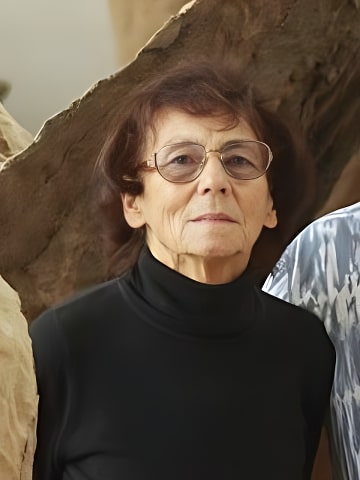This article relies largely or entirely on a single source .(April 2014) |
Visage Painting and the Human Face in 20th Century Art was a major international overview of painting and the face held in 2000 at the National Museum of Western Art in Tokyo and at the National Museum of Modern Art, Kyoto, curated by National Museum of Modern Art, Tokyo.

The National Museum of Western Art is the premier public art gallery in Japan specializing in art from the Western tradition.

Tokyo, officially Tokyo Metropolis, one of the 47 prefectures of Japan, has served as the Japanese capital since 1869. As of 2018, the Greater Tokyo Area ranked as the most populous metropolitan area in the world. The urban area houses the seat of the Emperor of Japan, of the Japanese government and of the National Diet. Tokyo forms part of the Kantō region on the southeastern side of Japan's main island, Honshu, and includes the Izu Islands and Ogasawara Islands. Tokyo was formerly named Edo when Shōgun Tokugawa Ieyasu made the city his headquarters in 1603. It became the capital after Emperor Meiji moved his seat to the city from Kyoto in 1868; at that time Edo was renamed Tokyo. Tokyo Metropolis formed in 1943 from the merger of the former Tokyo Prefecture and the city of Tokyo. Tokyo is often referred to as a city but is officially known and governed as a "metropolitan prefecture", which differs from and combines elements of a city and a prefecture, a characteristic unique to Tokyo.

The National Museum of Modern Art, Kyoto is an art museum in Kyoto, Japan.
Contents
It included works by:
 Marta Magdalena Abakanowicz-Kosmowska was a Polish sculptor and fiber artist. She is notable for her use of textiles as a sculptural medium. She is widely regarded as one of Poland's most internationally acclaimed artists. She was a professor at the Academy of Fine Arts in Poznań, Poland from 1965 to 1990 and a visiting professor at University of California, Los Angeles in 1984.  Shigeru Aoki was a Japanese painter, noted for his work in combining Japanese legends and religious subjects with the yōga (Western-style) art movement in late 19th- and early 20th-century Japanese painting.  Jean Arp or Hans Arp was a German-French sculptor, painter, poet, and abstract artist in other media such as torn and pasted paper. |
Tatsuo Ikeda is a Japanese avant-garde artist best known for his drawing series, including Anti-Atomic Bomb, Chronicle of Birds and Beasts, and Genealogy of Monsters. With Shigeo Ishii and On Kawara, he formed Seisakusha Kondankai, which sought to create a new realism distancing itself from the legacy of Social Realism, with which Ikeda had begun with his proletariat Ude (arm) (1953), which looked toward surrealism by the omission of the worker's head. Leiko Ikemura is a Japanese-Swiss painter and sculptor.  On Kawara was a Japanese conceptual artist who lived in New York City from 1965. He took part in many solo and group exhibitions, including the Venice Biennale in 1976. |
 Henri Michaux was a highly idiosyncratic Belgian-born poet, writer, and painter who wrote in French. He later took French citizenship. Michaux is best known for his esoteric books written in a highly accessible style. His body of work includes poetry, travelogues, and art criticism. Michaux travelled widely, tried his hand at several careers, and experimented with psychedelic drugs, especially LSD and mescaline, which resulted in two of his most intriguing works, Miserable Miracle and The Major Ordeals of the Mind and the Countless Minor Ones.  Joan Miró i Ferrà was a Spanish painter, sculptor, and ceramicist born in Barcelona. A museum dedicated to his work, the Fundació Joan Miró, was established in his native city of Barcelona in 1975, and another, the Fundació Pilar i Joan Miró, was established in his adoptive city of Palma de Mallorca in 1981.  Amedeo Clemente Modigliani was an Italian Jewish painter and sculptor who worked mainly in France. He is known for portraits and nudes in a modern style characterized by elongation of faces, necks, and figures that were not received well during his lifetime but later found acceptance. Modigliani spent his youth in Italy, where he studied the art of antiquity and the Renaissance. In 1906 he moved to Paris, where he came into contact with such artists as Pablo Picasso and Constantin Brâncuși. By 1912 Modigliani was exhibiting highly stylized sculptures with Cubists of the Section d'Or group at the Salon d'Automne. |













